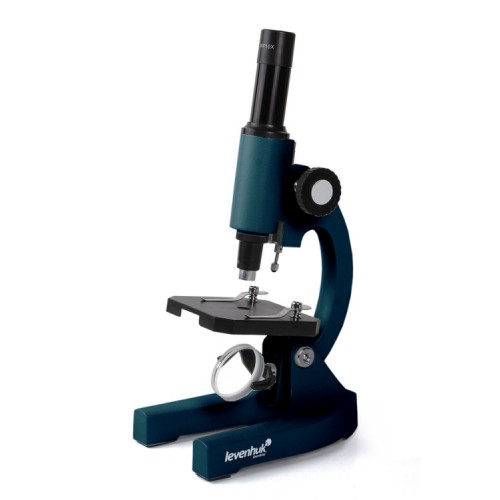
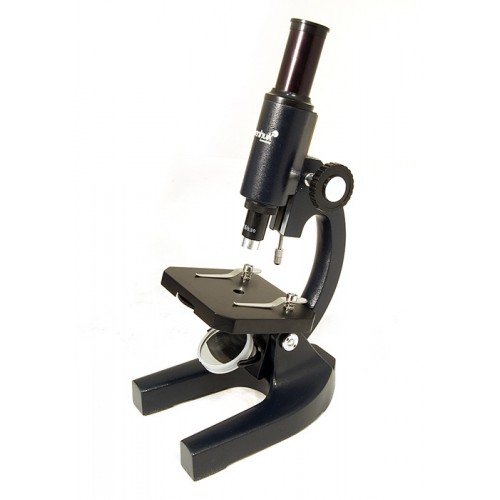
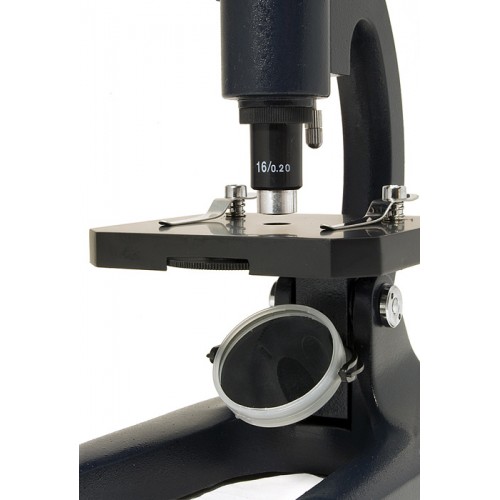
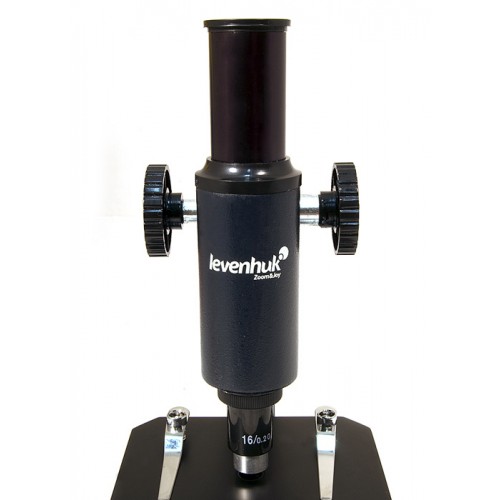
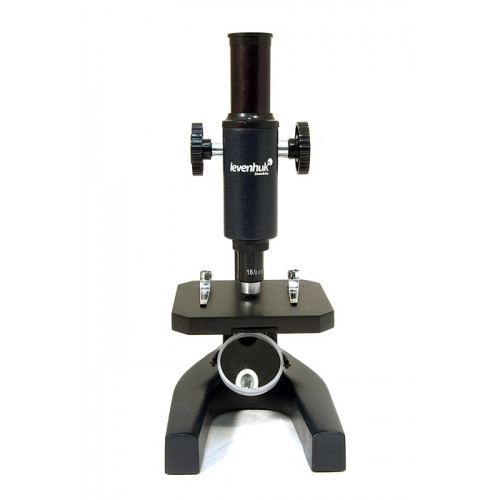
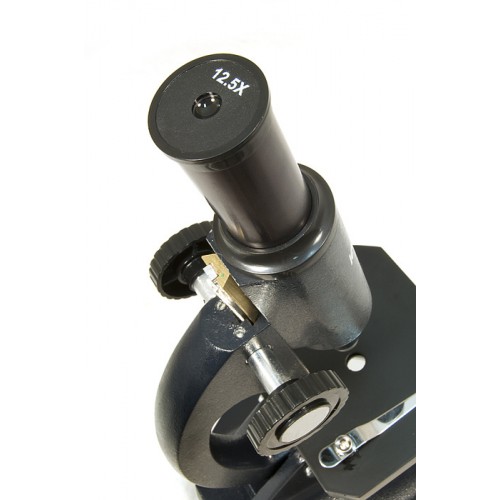






Levenhuk 2S NG mikroskops ir liela vērtība, ar tā pamatfunkcijām un augstas kvalitātes Levenhuk optiku. Šis modelis ir lieliska izvēle tiem, kam vēl rodas interese par bioloģijas eksperimentiem. Līdz ar palielinājumu 200x tas ir lielisks izglītojošs mikroskops studentiem un amatierim viņu ceļā uz zinātnes virsotnēm.
Levenhuk 2S NG sniedz gaišā lauka apskates iespējas caurspīdīgā parauga novērojumiem . Tā 40-mm plakani liektais spogulis sniedz pietiekami daudz gaismas Jūsu novērojumiem, tas nozīmē, ka Jūs varat izmantot mikroskopu, nepiesledzot enerģijas avotam. Tas ir vieglakais un drošākais apgaismojuma veids, tas nozīmē, ka bērni var lietot so izglītojošo mikroskopu. Šī diska diagramma sniedz Jums iespēju kontrolēt gaismas daudzumu, kas Jums ir nepieciešams parauga izpētei.
Šim monokulārajam mikroskopam ir vienkāršas 16x bezkrāsas objektīva lēcas, kas sniedz skaidru skatu bez krāsu un sfēriskajiem izkropļojumiem. Šī modeļa galva ir izvietota tieši virs galdiņa, bet ērtai apskatei Jūs varat noliekt gan mikroskopa galvu, gan galdiņu vajadzīgajā leņķī, izmantojot mikroskopa rokturi.
100x90-mm galdiņš ir lielisks viena vai divu paraugu apskatei. Lai sagatavotu paraugu, vispirms novieto paraugu uz baltās puses, tad bez steigas novietojiet uz parauga nosedzošo stiklu. Pēc tam slīdošā plakne tiek novietota uz galdiņa un piestiprināta galdiņam ar saspraudi. Izmantojiet rupjās fokusēšanas rokturi, lai iestatītu Jūsu skatījuma fokusu, pagriežot mikroskopa ķermeņa cauruli uz augšu un uz leju (pie 20-mm intervāliem).
Pateicoties metāla konstrukcijai mikroskops ir izturīgs un stabils.
Komplektā ietilpst:
- Mikroskops ar monokulāro galvu
- 16x ahromatiskās objektīva lēcas
- H12.5x okulārs
- Kondensers
- Galdiņš ar novērojuma materiāla stiprinājumiem
- Plakani ieliektais apgaismojuma spogulis
- Lietotāja rokasgrāmata un mūža garantija
Dažas lietas Jūs varat redzēts zem mikroskopa:
 |  |  |  |  |
Paramecium caudatum - your first friend from the microworld
11/21/2016
Paramecium caudatum is perhaps one of the first protozoans that a young naturalist would explore. These organisms live in fresh standing water. They can also be found in an aquarium, especially if it hasn’t been cleaned for a long time. My ciliate-shoes were taken from the aquarium. Of course, there are only a few ciliate-shoes in aquarium water – the possibility of finding one of them in your microscope’s eyepiece is extremely low. Therefore, we need to increase their concentration. To do so, take a jar (about 17 fluid ounces or 0.5 liters), fill it with aquarium water, put a small spoiled onion and banana peel inside. Put the jar in a warm dark place for 5 to 7 days (don’t close it with a lid).


Paramecium caudatum. Animation. Magnification: 64x.
The average size of Paramecium caudatum is 0.02 inches (0.5 mm). For locomotion Paramecium caudatum uses its cilia (about 15 thousand cilia cover its little body!). Moreover, it has two nuclei (a large macronucleus is responsible for nutrition, respiration, metabolism, etc.; and a small micronucleus – for reproduction). Paramecium caudatum feeds on bacteria or algae. The food is caught by an oral groove covered in cilia and then goes to the cell mouth. It is then digested in the digestive vacuole (gullet). Undigested leftovers are ‘thrown out in the open’ through an anal pore (cytoproct). To remove all excess water, our heroine has two contractile vacuoles. They work like pumps on a boat, pumping excess water out of its body. Paramecium caudatum maintains its slipper-like shape thanks to a special membrane (pellicle).

